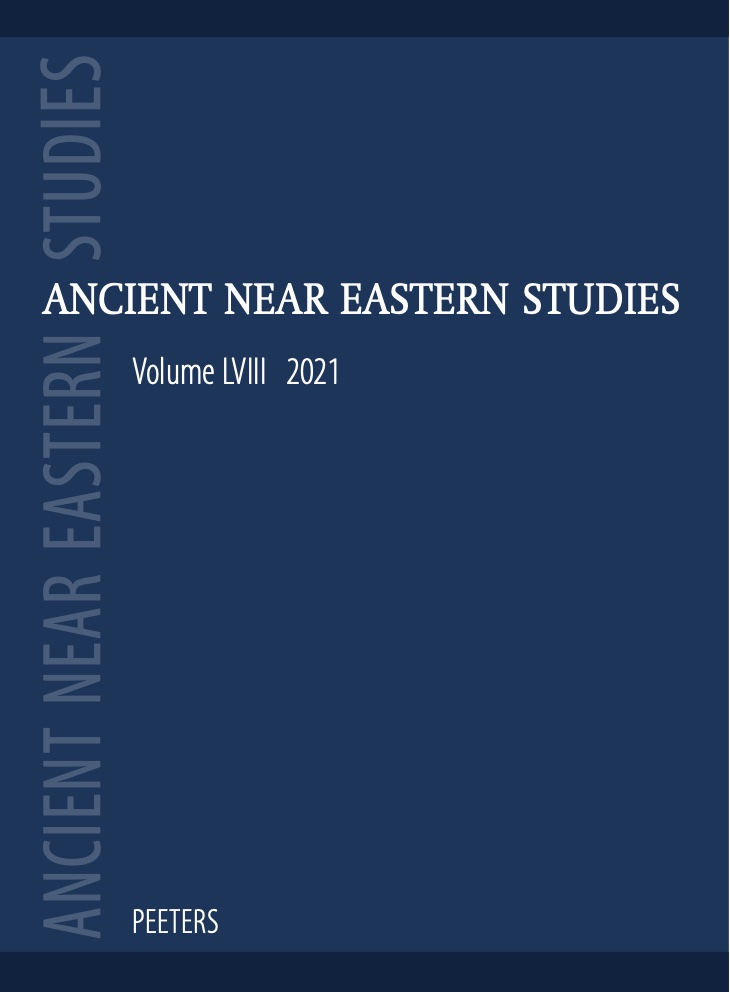 previous article in this issue previous article in this issue | next article in this issue  |

Preview first page |
Document Details : Title: The Phrygian Banquet and its Near Eastern Influence Subtitle: A View from the Tableware Author(s): BAAKLINI, Adonice-Ackad , SPRUYT, Margaux Journal: Ancient Near Eastern Studies Volume: 60 Date: 2023 Pages: 375-388 DOI: 10.2143/ANES.60.0.3292579 Abstract : In Mesopotamia, the banquet is a significant event combining two main activities: elites gathering and the sharing of sophisticated dishes and beverages — which make it a privileged event for the display of official power. During the first half of the first millennium BCE, the banquet, whether to celebrate a military victory, the construction of official buildings, or to commemorate the deceased, became a major occasion involving new social codes and luxury material that spread all around the Near East under the influence of the Neo-Assyrian Empire. Evidence of that phenomenon can be found in the iconographic and archaeological records at many places. Archaeologists found identifiably Assyrian and Assyrian inspired drinking ware and serving vessels, and official representations of banquets showing many visual elements coming from Assyria. This context could only impact the newly formed Phrygian kingdom in Anatolia. Indeed, excavations in this territory, and especially at the capital, Gordion, have revealed some Near Eastern and Assyrian-style pieces of tableware — this term referring to any kind of container used to serve, consume and present food and beverages. |
|


